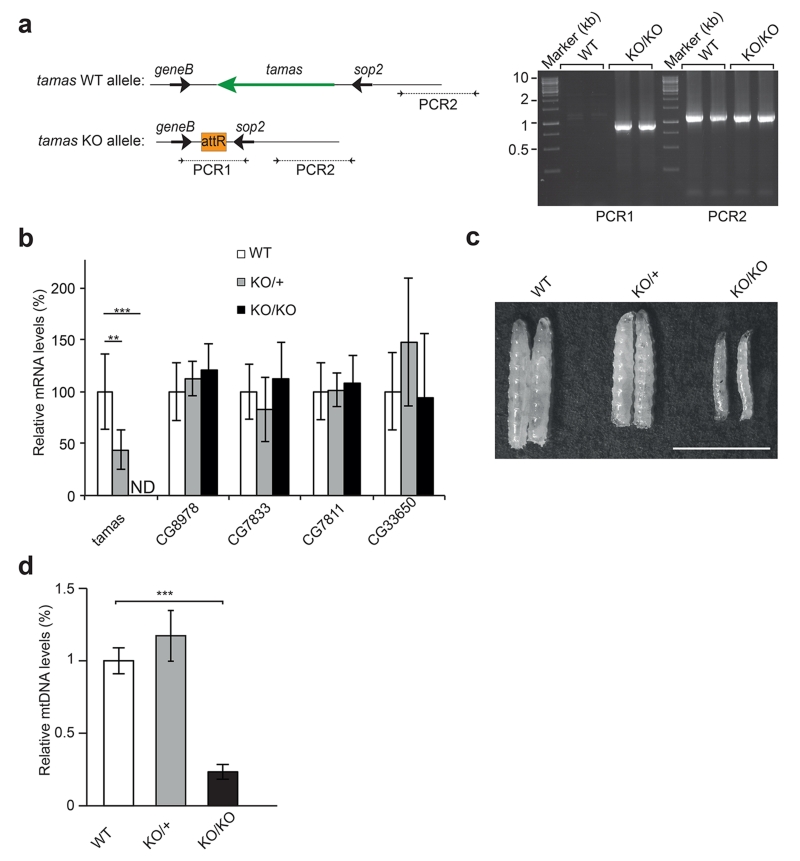Figure 2. Creation of a DmPOLγA knockout founder line by using genomic engineering.
(a) The DmPOLγA (tamas) locus and generation of DmPOLγA knockout (KO) mutant. Tamas gene encoding DmPOLγA is located on the second chromosome at cytological position 34D1. The DmPOLγA knockout founder fly line was generated by ends-out homologous recombination. Deletion of the tamas gene was confirmed by PCR1, while PCR2 was used as a control. Total DNA was extracted from DmPOLγA knockout larvae (KO) and wild-type (WT) flies.
(b) RNA expression levels of tamas and the flanking genes in the tamas knockout larvae (KO). The expression of DmPOLγA (tamas) gene was not detected (ND) in the homozygous (KO/KO, black bar) knockout larvae. The expression of DmPOLγA (tamas) neighboring genes was not affected by removal of tamas allele in DmPOLγA heterozygous (KO/+, grey bar) and homozygous (KO/KO, black bar) knockout larvae. Total RNA was extracted from 5-day-old larvae and gene expression was analyzed by qRT-PCR. One-way ANOVA with Dunnett’s post hoc test. ***p<0.001, **p<0.01, *p<0.05. Error bars represent S.D. n=5 Data represent two independent experiments.
(c) Comparison of body size between wild-type (WT, white bar), heterozygous (KO/+, grey bar) and homozygous DmPOLγA knockout (KO/KO, black bar) larvae. Homozygous knockout larvae were smaller than the wild-type and heterozygous knockout larvae. Scale bar=5mm.
(d) Steady-state levels of mtDNA were determined by quantitative PCR in 5-day-old wild-type (WT, white bar), heterozygous (KO/+, grey bar) and homozygous (KO/KO, black bar) DmPOLγA knockout larvae. Lack of DmPOLγA led to severe mtDNA depletion. Data represent at least three independent experiments. Kruskal-Wallis test with Dunnett’s post hoc test. ***p<0.001, ** p<0.01, *p<0.05. Error bars represent S.D. n=4-6.

